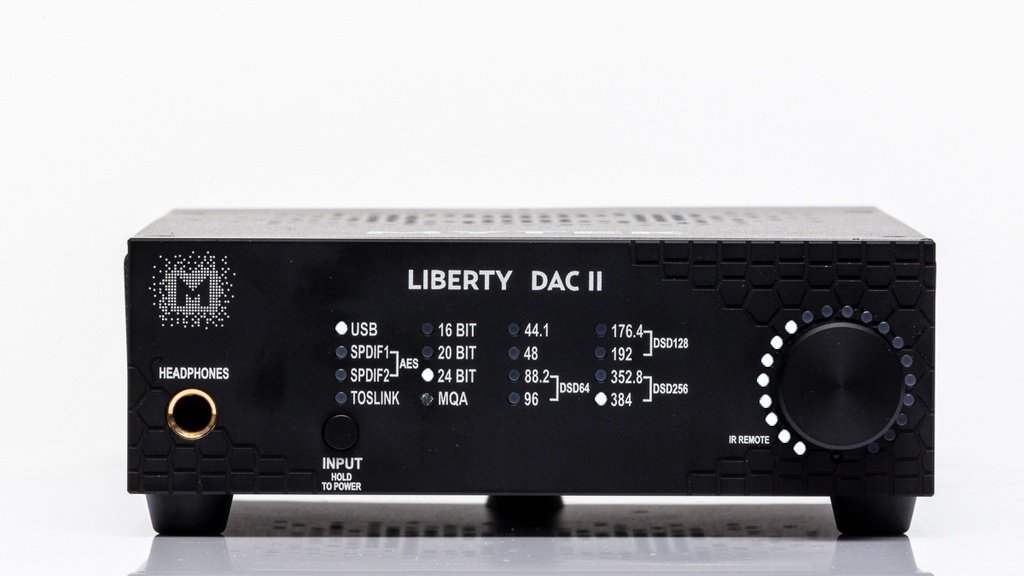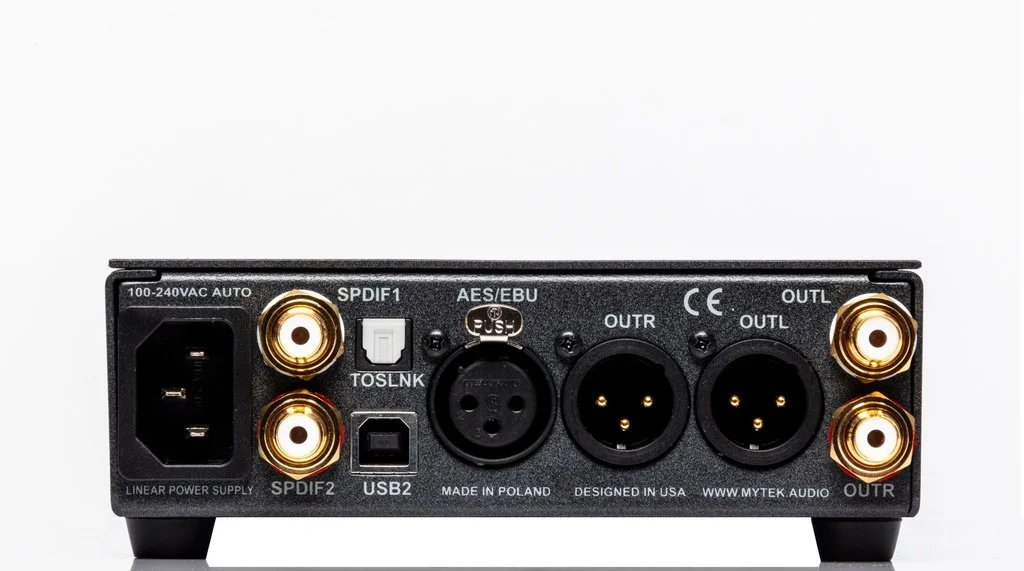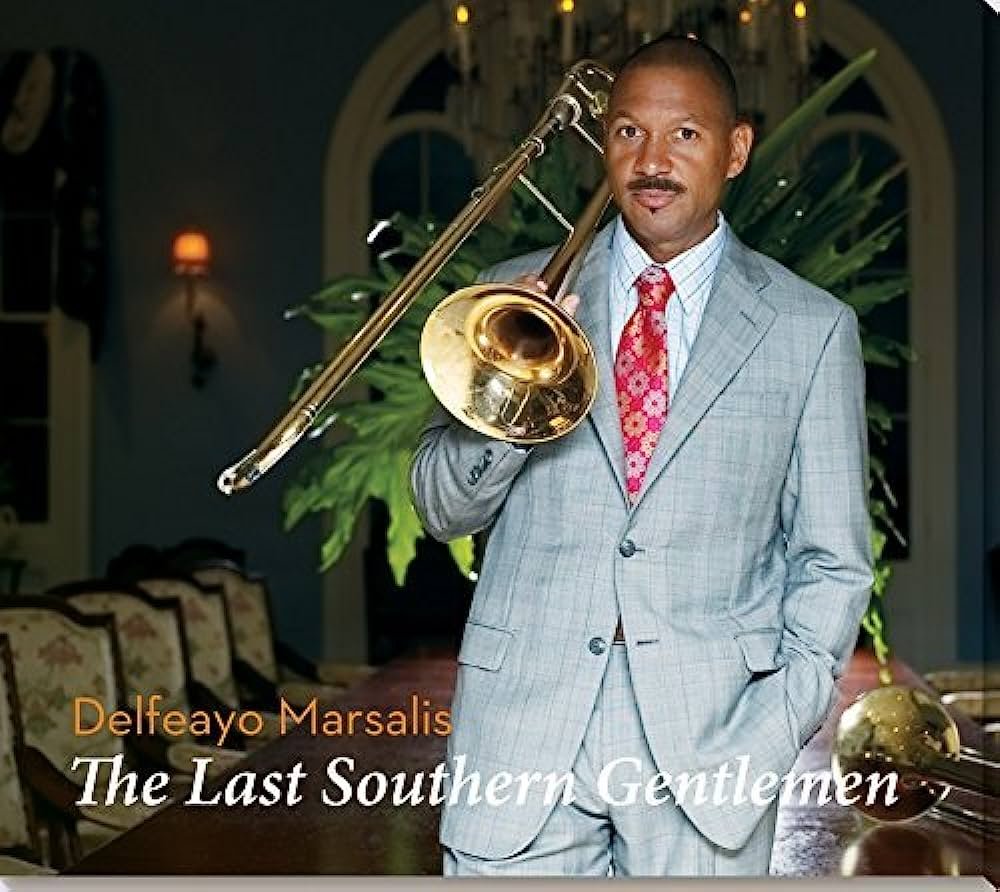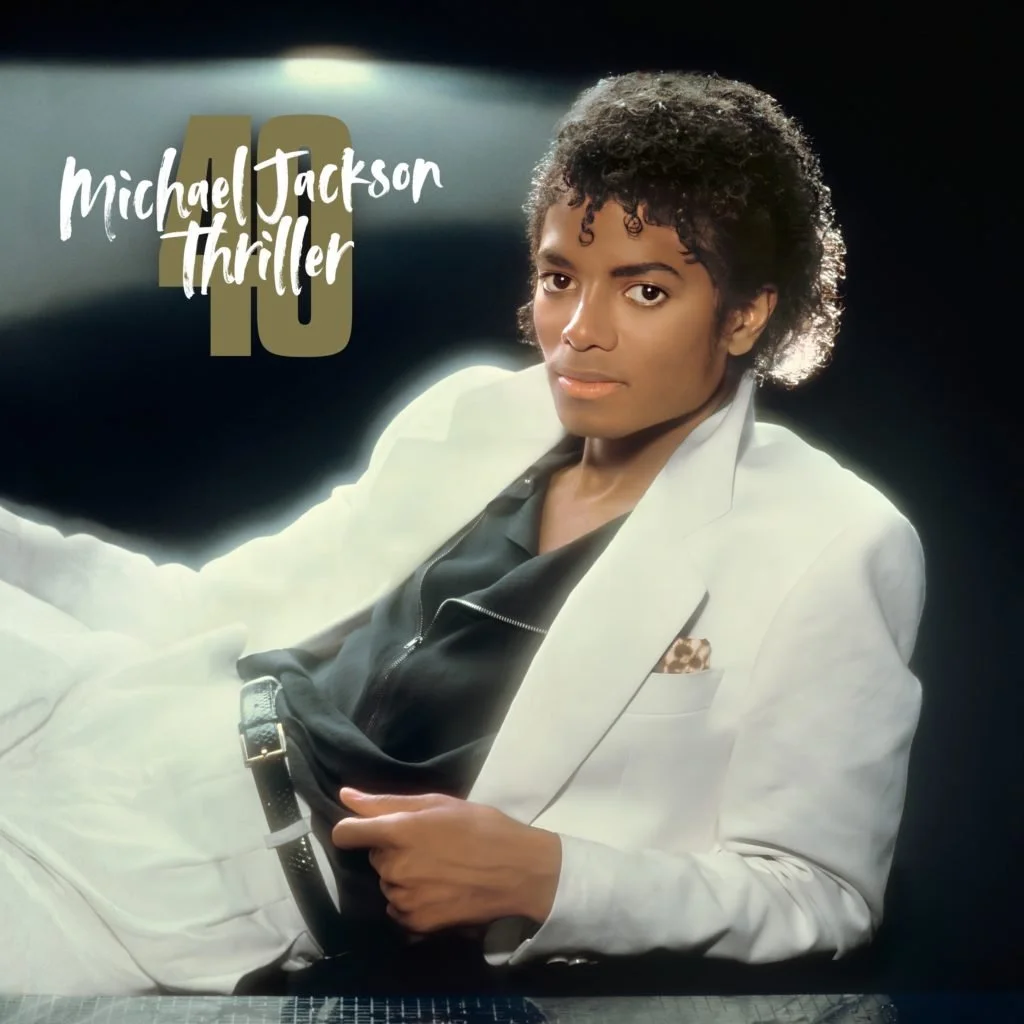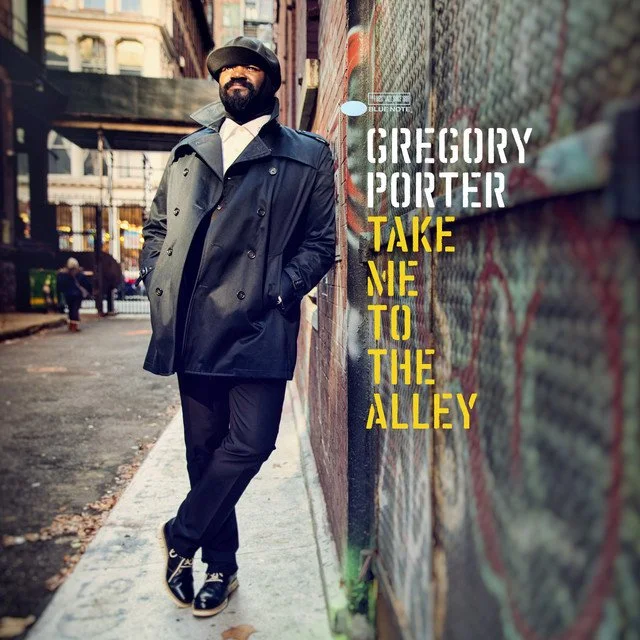MYTEK LIBERTY II DAC - REVIEW
MYTEK LIBERTY II DAC
Long ago and far away, San Francisco in 2004 to be precise, I was exhibiting with Sonic Studio at the annual AES convention. This was long after it had moved from New York City’s Waldorf Astoria, site of my first AES when I worked for Lexicon. My colleagues and I had re–formed a company respected for producing soundBlade‡, a pre–mastering and mastering software and optional hardware package. That DAW, or Digital Audio Workstation, was the direct descendent of the Sonic System, the first commercially available product capable of recording, editing non–destructively in real time, and delivering 24 bit, 44.1 and 48kHz audio. The Sonic System was used by Sony, Warner Brothers, MCA and EMI to create the overwhelming majority of Compact Discs worldwide up to that time. During the show, I met with a tall, slim fellow whose NYC–based company manufactured the only third party hardware interface for Sonic Studio. Michal Jurewicz, Polish by birth, had been a tech for a big name recording studio when he recognized a need for specialized hardware and proceeded to address that market niche. His first converter product, in 1993, was a ADC or Analog–to–Digital Converter aimed at the pro market. I’ve had the pleasure of owning three generations of his DACs.
The original Liberty broke with Mytek’s half–width enclosure, utilizing a one rack unit height and one third width. Clad in slimming black, the Liberty II also occupies that small, lightweight form factor. To keep self–generated noise to a minimum without a heroic effort, there is no alphanumeric display. The original Liberty DAC’s simple and fairly uninformative group of colored LEDs has been replaced with a much more numerous and precise group of white LEDs that reveal to the user what exactly is going on inside the box. A single knob, to control volume, complements the single, multifunction push button on the front fascia. A capable headphone amp, feeding a ¼" TRS receptacle, completes the unit’s anterior. While I was performing my final edit on this review, I was luxuriating in the consummate writing of Brandy Clark’s 2013 release 12 Stories [TIDAL 44.1k MQA], dispatched to my noggin from the headphone output feeding my big ass Audeze LCD-3 cans via Wireworld Nano-Platinum Eclipse cabling.
Since the Liberty II heralds from a professional lineage, it strives for honesty and linearity over romance and color. Unlike many of my fellow audiophiles, I too am of that ilk, always seeking the least change between mastering and playback. Toward that goal of aural veracity, Jurewicz realized that MQA, the direct descendant of MLP◇, could be a significant step in advancing fidelity as delivered to consumers. His was the first third party company to release an MQA–compatible ADC (Analog–to–Digital Converter) and DAC, the Brooklyn. Several generations later, Liberty DAC II is the result of experimentation, endless listening and continuous refinement.
Aspero AB’s TIDAL HRA streaming service is, at present, the only large scale business to embrace delivery of UK–based MQA Limited’s scalable codec to consumers. Though I find TIDAL’s catalog generally skews a bit too down market for my tastes, the whole point of our hobby is enjoyment. That given, I can certainly find plenty of music to relish on their service. As with any other production decision made during the creation of audio entertainment, we as individuals may or may not like the result of MQA encoding. In general, I appreciate what MQA encoding usually offers the listener; less temporal distortion resulting in more precise transient response and often more top end air with accompanying spatial dimensionality.
In my charmed life as a AKR reviewer, I had a short duration overlap between the arrival of the Liberty II and departure of Mojo Audio’s fine and fat Mystique X SE. Since the Mystique is not an MQA DAC, I reverted to my daily driver delivery service for a level–matched comparison employing Delfeayo Marsalis’ brilliant The Last Southern Gentlemen [Qobuz 44.1k]. As noted in my prior review of the Mojo Audio unit, the R-2R DAC furnished a suave example; a bit more forward with a shallower soundstage than the Liberty II, a more ample but less impactful bottom, and a pleasant plushness. Low amplitude detail, like the echo of a high hat off of a room boundary, was diminished a skosh. The Liberty II exhibited an enviable clarity and low level finesse, as befitting its oversampling design. One of the admirable aspects of Mytek’s DAC offerings is their versatility due to their use of state of the DAC integrated circuits. The Liberty DAC II can decode not only MQA, but linear PCM up to 384kHz and DSD256 or 4 times the base DSD64 rate.
Since I had a Brooklyn in house, the model that was revised then eventually replaced by the Liberty II, I hooked the old girl up…Placing them side by side and level matching, it was quick work to swap XLRs and Wireworld’s Starlight 7 USB. I found the primary difference to be a much shallower soundstage, with a slight loss in clarity. Queueing up none other than Michael Jackson’s 40th anniversary edition of Thriller [TIDAL 44.1k MQA], I dropped Billie Jean and started grooving. Well, sort of…the Brooklyn version was flatter and narrower, with basically no soundstage depth and a slimmer width. In addition, the bottom was severely diminished. It was a more academic, less involving presentation. Overall, the groove factor was less, the Liberty II was more…alive.
The Liberty DAC II lacks a very rare feature that Mytek used to include but no longer does…the ability to bypass MQA decoding on command. Fortunately for me, I was listening to last year’s energizing and cleanly recorded Dance Fever by Florence + The Machine [TIDAL 48/96k MQA]. Since, for this review, I stuck exclusively to playback via Amarra Luxe, I realized I could insert a certain plug–ins in the chain and use that plug–in to force an MQA bypass. Since I usually listen through my company’s MAATgo plug–in anyway, I instantiated it leaving the balance control at zero or unity gain and popped the Balance control in and out. On King, the first cut from the Florence album, it was instructive to instantly hear the massive soundstage collapse with an accompanying loss of low end heft. Also, the top end diminished and grew faintly mushier. All that as I moved back and forth from un–decoded 48k to fully unfolded 96k. Did I mention I always prefer an MQA–encoded version to Red Book 44.1 if available? In the case of Dance Fever, I was fortunate to have two 96k versions at hand; the MQA–encoded TIDAL version and the FLAC–encoded Qobuz version without MQA’s increased focus. Between the two, I preferred the MQA render, with its temporally tight little somethin’ extra.
Shifting from pop to the jazzier side of the street, Gregory Porter’s Take Me To The Alley [TIDAL 48/96k MQA] from the album of the same name is a close mic’d piece. Porter’s textured, mellifluous voice combines with Alicia Olatuja’s subdued doubling to good effect. Tivon Pennicott’s mellow horn driven by Emanuel Harrold’s pillowy trap drums is painted as a relaxing thing of beauty by the Liberty DAC II. Out of curiosity, I dug around for the deluxe edition of Esperanza Spaulding’s Radio Music Society [TIDAL 48/96k MQA]. Interestingly, the Liberty II brought out the smallness of the recording. Small in the sense of soundstage I had not noticed prior. Comparing it to Snarky Puppy’s Grammy Award–winning Sintra [TIDAL 44.1k MQA], the puppy chow was markedly larger, lusher, far more dynamic and enveloping; better in every way from an audiophile perspective. I love both artists but Esperanza’s Craft release sounds like it was recorded with some fairly low rent gear, and that’s even with the help of a higher sampling rate.
Mastering engineers in particular value timbral honesty, at least in principle. That means confining “color” to “effects” hardware or plug–ins, where distortion can be applied on an as–needed basis. Professionally, I came up in my customer’s mastering suites, honing my listening skills on many truly reference–class pro playback rigs. Approaching the latest Mytek converter, my expectations were that it should not only better my original Brooklyn, but should compete with any DAC equal to or double in price. I assumed it would provide a clearer, more open and honest portrayal of the incoming data stream than any DAC I have recently reviewed, and I was not disappointed. Despite its unassuming appearance, relative affordability and pleasantly diminutive size, the Liberty DAC II brings the listener closer to an artist’s intent than any converter I’ve heard at anywhere near its price. It may be too honest, too linear for some folks who want a velvet painting rather than a photograph but, for me, it’s a definitely worthy consideration. Highly recommended.
‡ – soundBlade in turn, sired Amarra, now Amarra Luxe, the first dedicated HRA music player application. soundBlade completely bypassed a computer’s operating system and audio playback mechanisms, resulting in audibly superior fidelity. The same with Amarra. It offered, and still does, several other key features that held it above all the other audio file players at the time, like Winamp. Amarra was capable of commanding a DAC to automatically switch sampling rate to match the current file’s rate. This is key to avoiding quality–degrading sample rate conversion, especially during real time playback. It also employed an ultrafidelity “repro engine” and very musical equalizer originally incorporated into soundBlade for CD and later DVD-Audio, SACD and BD mastering. Amarra Luxe will perform the first “unfolding” or stage one decoding of an MQA data stream; see the second footnote below.
⃟ – MLP or Meridian Lossless Packing was the lossless codec developed by Peter Craven et al at Meridian, which became the mandated codec for data compaction in the DVD–Audio standard. The scalable MQA codec is an extremely clever expansion on the basic principles of MLP. “Scalability” refers to a system’s ability to adapt to conditions and limitations imposed on it during transport and/or delivery of the audio data. MQA can provide quite high fidelity lossy, data–compressed audio to “narrow pipes” like cellular data connections through your phone and lossless audio to very “fat pipes,” such as via ethernet or Wi-Fi streaming. Because MQA is a hierarchical or nested codec, it is also able to deliver the highest quality when an MQA DAC is coupled with their decoding software. Think of Russian–style Matryoshka, where dolls of decreasing size are contained within larger versions. In the case of MQA, higher resolution data is embedded or hidden inside a lower resolution virtual container. Any player can read the base low rez file, while MQA software will “unpack” or recover an intermediate, higher resolution version. When that intermediate is fed to MQA–equipped hardware, such as a DAC or streamer appliance, the final unfolding or data recovery process is accomplished in hardware. MQA software, in conjunction with MQA hardware, results in lossless recovery of the original data as delivered by the artist or label. So, what appears to be a 48k file, when properly decoded, can be played back at as up to 384k. MQA also partially compensates for temporal smearing that occurs in the record chain. At the time of writing, the company MQA Limited fell into receivership when their primary investor pulled out, casting a pall of uncertainty over all things MQA. Like ALAC before it, another formerly proprietary advanced audio file format, maybe MQA will become open source which would be a boon to audiophiles everywhere.
MYTEK AUDIO
MYTEK LIBERTY II DAC: $1,495
Brooklyn, NY
https://mytek.audio/
